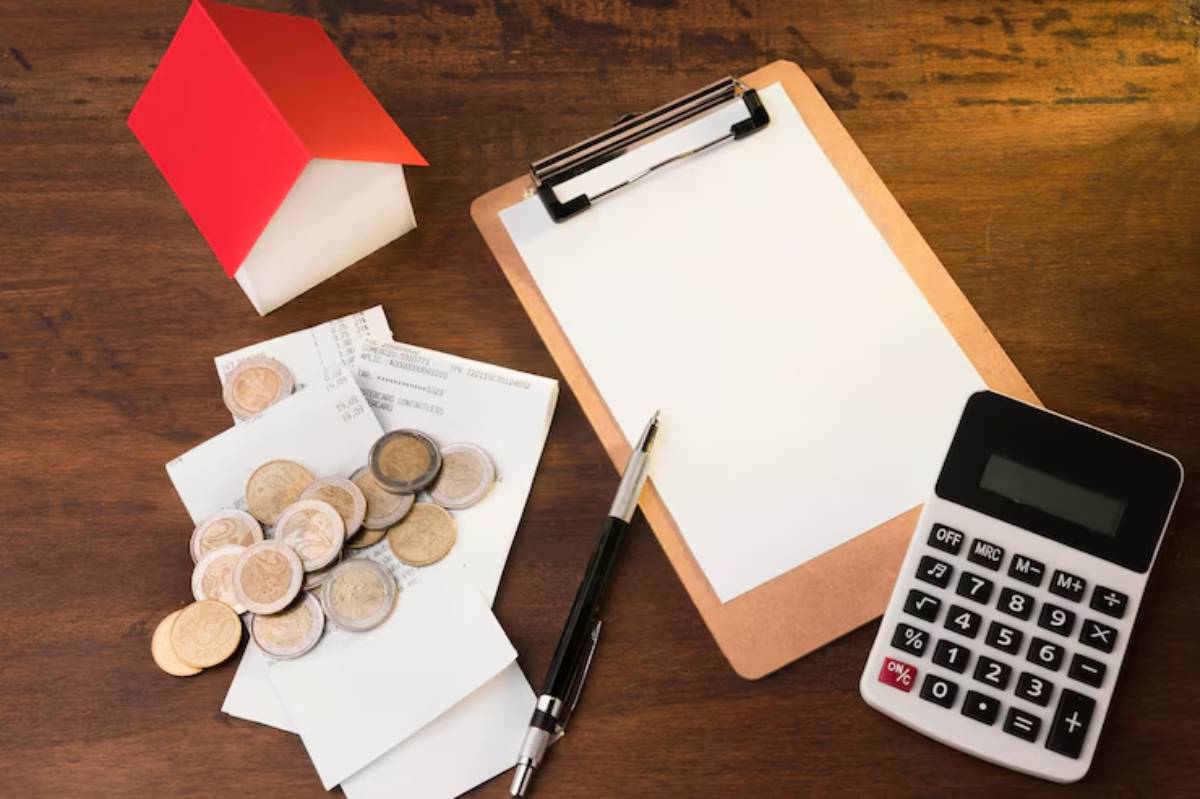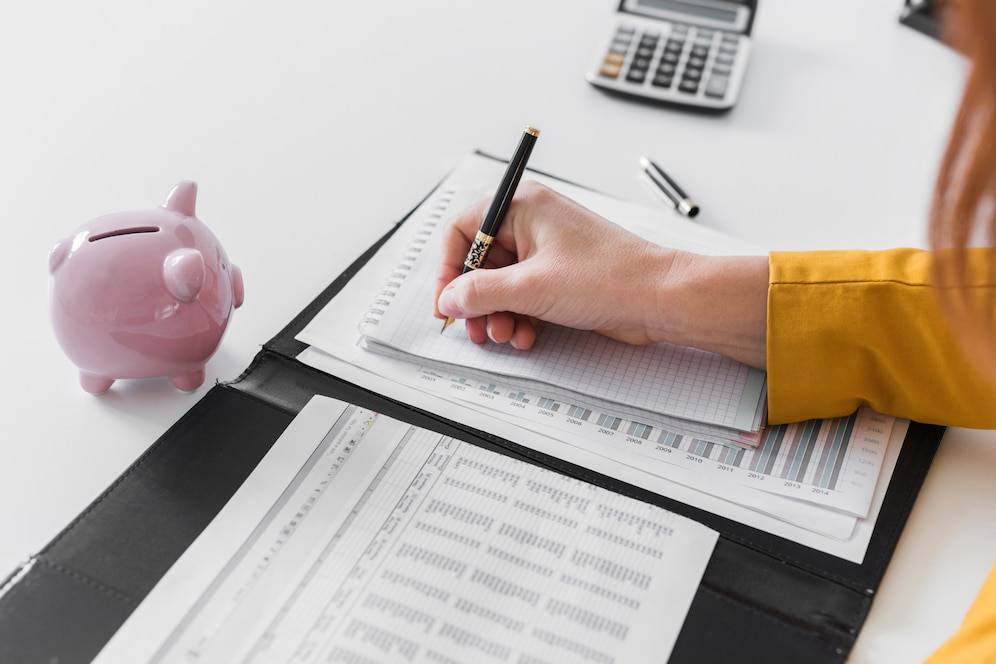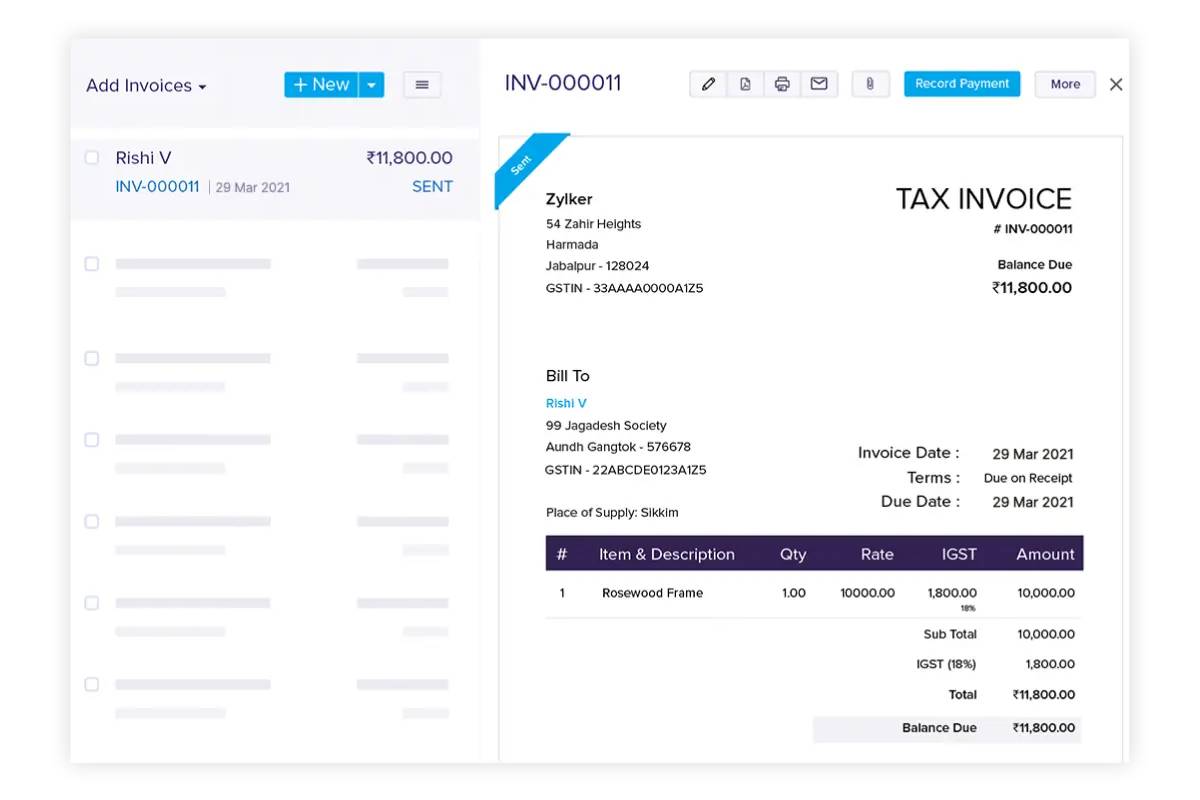
Setting Up a Tax Savings Plan
You’ve had a great year—clients paid on time, projects wrapped successfully, and your freelance income is finally steady. But then January hits, and HMRC sends a tax bill that knocks the wind out of you.
If this scenario sounds familiar, you’re not alone. Many self-employed professionals experience this annual panic. Not because they didn’t earn enough, but because they didn’t plan for the tax bill that always follows.
Here’s the good news: it doesn’t have to be this way.
With a simple tax savings plan, you can transform dread into confidence. You’ll learn how to budget for taxes, stash away what’s needed throughout the year, and build a financial buffer that protects both your business and your peace of mind.
In this blog, we’ll cover exactly how to create a smart tax savings plan from scratch. No jargon. No stress. Just practical steps to help you stay ahead of HMRC—and take control of your finances.
Why You Need a Tax Savings Plan
1. Taxes Are Predictable—So Why Let Them Be Stressful?
Your taxes aren’t a surprise. Every year, you know they’re coming. So, the real question is: why not prepare in advance?
A tax savings plan means:
- No scrambling in January or July
- No dipping into personal savings or credit cards
- Less anxiety, more control
2. Budgeting for Taxes = Better Business Decisions
When you plan for tax, you can:
- Pay yourself confidently
- Reinvest in your business with clarity
- Avoid over- or under-spending
- Understand your true profit, not just your income
Knowing your real take-home earnings after tax helps you avoid lifestyle inflation and poor financial decisions.
Step-by-Step: How to Set Up a Tax Savings Plan

Step 1: Understand What You Owe
Before you can save for tax, you need to know how much tax you’ll owe. As a freelancer or sole trader.
You’re typically responsible for:
- Income Tax
- Personal Allowance: £12,570 (2024/25)
- 20% on income up to £50,270
- 40% of income between £50,271 and £125,140
- 45% on income over £125,140
- National Insurance Contributions (NICs)
- Class 2 NICs: £3.45/week if profits exceed £6,725
- Class 4 NICs: 9% on profits between £12,570–£50,270, and 2% on profits above
- Payments on Account (if your tax bill is over £1,000)
Example: You earn £40,000 in freelance income and spend £5,000 on expenses. Your taxable profit is £35,000. Based on tax rates and NICs, you might owe around £6,500–£7,000 total. So, aim to save about 20–25% of your gross income.
Step 2: Pick a Percentage to Save
If calculating exact tax is too fiddly, just save a percentage of every payment you receive.
Here’s a good starting point:
- 20% if you’re below the higher-rate tax band and have moderate expenses
- 25–30% if your income is growing or variable
- 35–40% if you expect to hit higher-rate thresholds
Tip: Be conservative. It’s better to have extra in your tax pot than fall short.
Step 3: Open a Dedicated Tax Savings Account
This step is key. Your tax money should not sit in your current account, where it’s easy to spend.
Instead:
- Open a separate savings account labelled “Tax”
- Look for easy-access options with no penalties for withdrawals
- If possible, find one that earns a bit of interest, too
Popular UK banks that offer great tools for freelancers include:
- Starling Bank – create “spaces” for tax savings
- Monzo Business – automatic pots and budgeting tools
- Mettle integrates with FreeAgent and helps calculate tax
Step 4: Automate the Savings
Make the process foolproof by automating your tax savings.
Every time you get paid:
- Immediately transfer 25% to your tax account
- Use bank rules or apps (like IFTTT or Zapier) if your bank supports automation
Or, if you pay yourself a set salary from your business income, set a monthly standing order to transfer a fixed tax-saving amount.
Step 5: Track What You’ve Saved vs What You Owe
As the tax year progresses, keep tabs on:
- How much you’ve saved
- How much you’ll likely owe
Use simple tools like:
- A tax calculator (e.g., HMRC’s ready reckoner)
- Accounting software like FreeAgent, QuickBooks, or Xero
- A spreadsheet with monthly income, expenses, and estimates
Pro Tip: Check your progress quarterly. If income changes, adjust your savings accordingly.
Real-Life Example: Josh the Freelance Web Developer
Josh earns about £3,000 per month from client work. He used to wait until December to calculate his tax, then panic when he realised he hadn’t saved enough.
Now, he does this:
- Transfers 25% (£750) of every payment to his tax pot
- Reviews his total savings each quarter
- Uses FreeAgent (free with his Mettle account) to track his tax estimate
In January, instead of stress, Josh logs in, sees he has £9,000 set aside, and pays his tax bill without breaking a sweat.
Bonus Tips for Optimising Your Tax Savings Plan

1. Include VAT If You’re Registered
If you’re VAT-registered, remember that 20% isn’t yours. Set it aside as soon as you’re paid.
Use software to calculate your VAT bill in real-time so you’re never caught off guard.
2. Don’t Forget About Payments on Account
If your tax bill is over £1,000, you’ll need to make two advance payments (in Jan and July) toward the next year’s tax.
Plan for this by saving an additional 50% of your current tax bill to cover these instalments.
3. Create a Financial Buffer Beyond Tax
Once you’ve got your tax pot handled, aim to build a second savings buffer—three to six months of business expenses—to give you peace of mind during quiet months or unexpected emergencies.
Common Pitfalls to Avoid
- Mixing your tax savings with spending money
- Out of sight, out of mind. Keep it separate.
- Only saving when you remember to
- Make saving as automatic as invoicing.
- Not adjusting your savings when your income changes
- If your income increases, so should your savings rate.
- Underestimating tax liabilities
- Always include NICs and Payments on Account when estimating your tax bill.
- Using tax money to cover other shortfalls
- Don’t raid your tax pot. It’s not a backup fund—it’s HMRC’s future money.
Conclusion: Small Habits, Big Impact

Creating a tax savings plan might sound dry, but in practice, it’s one of the most empowering financial steps you can take as a freelancer or small business owner. It brings clarity, peace of mind, and the freedom to focus on growing your business, without the anxiety of looming deadlines or surprise bills.
Let’s Recap Your Tax Savings Plan:
- Understand your tax liability (20–30% of income is a good starting point)
- Open a dedicated tax account
- Save a set percentage of every payment
- Automate and review regularly
- Use tools to estimate and track your progress


